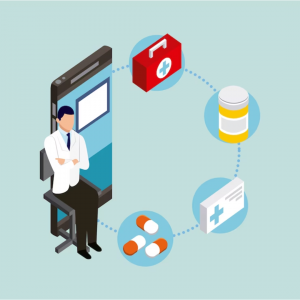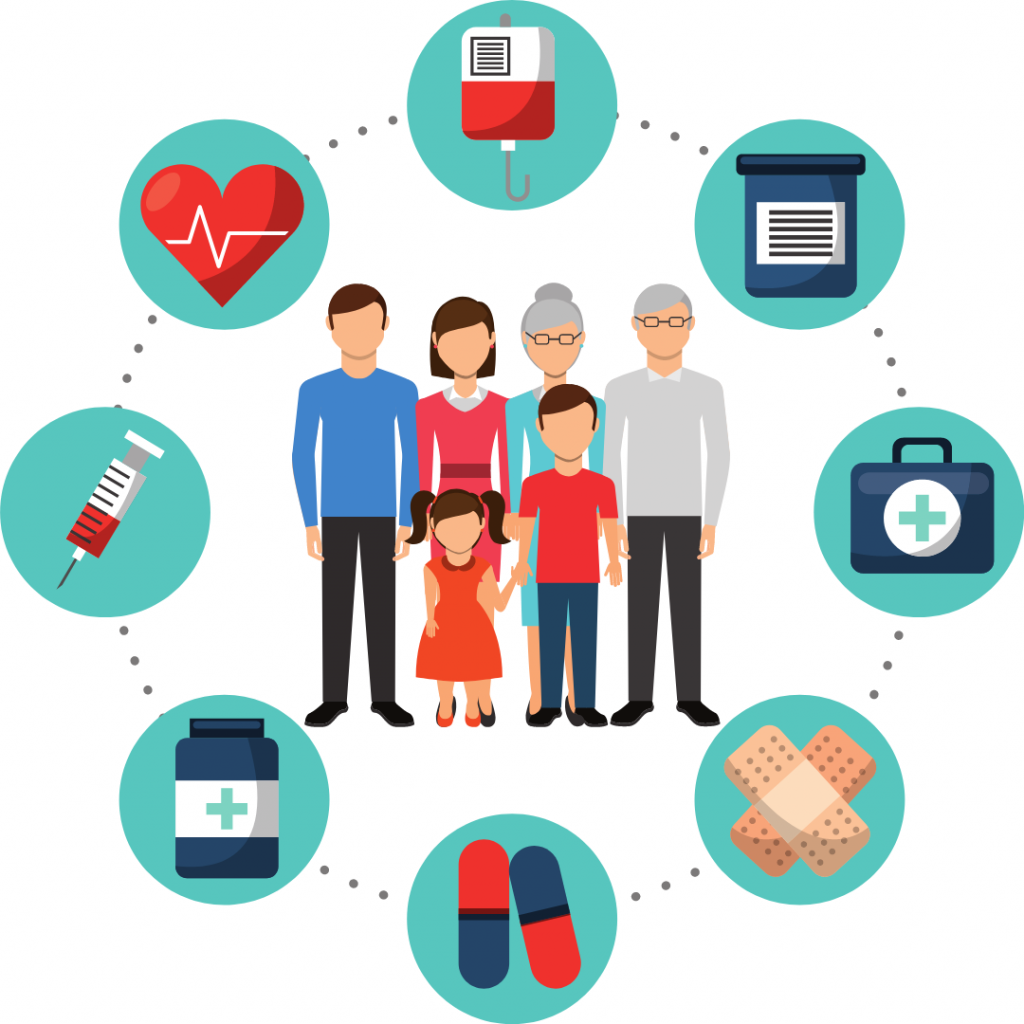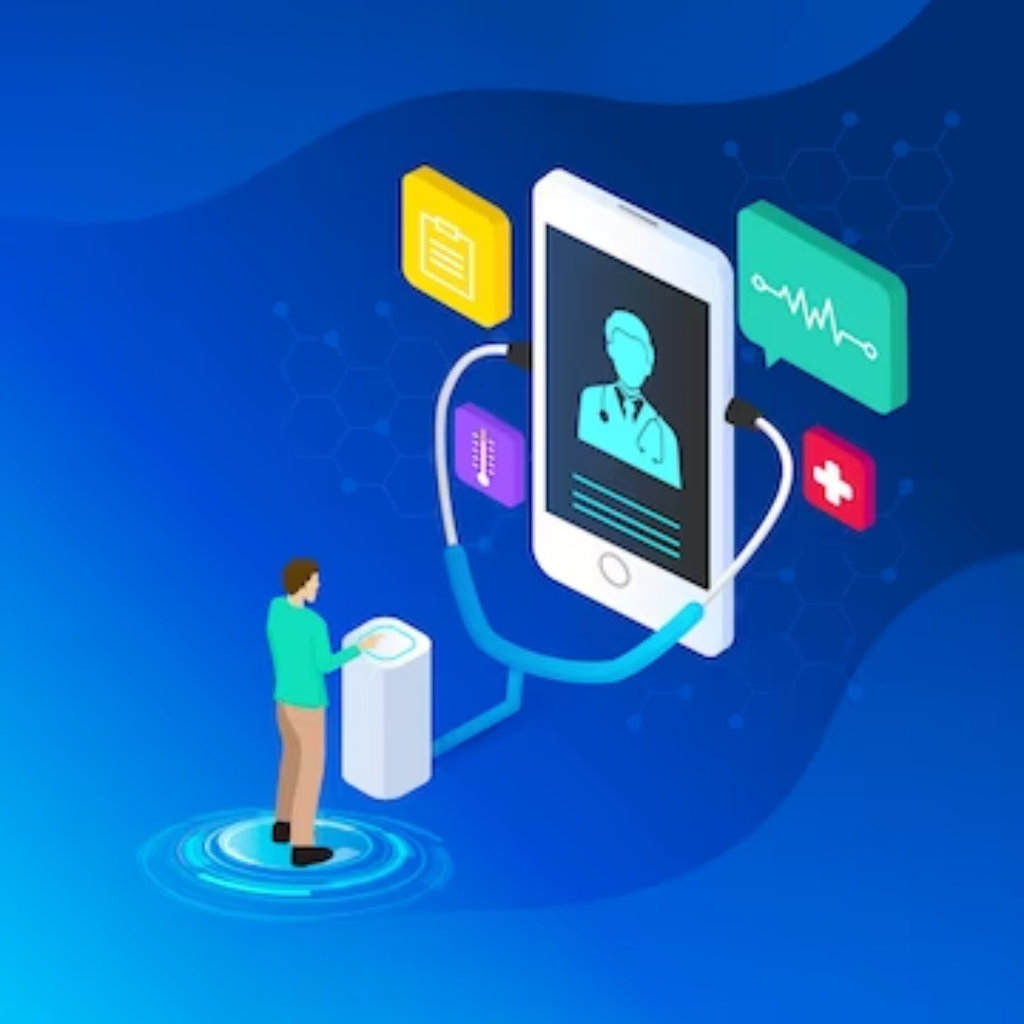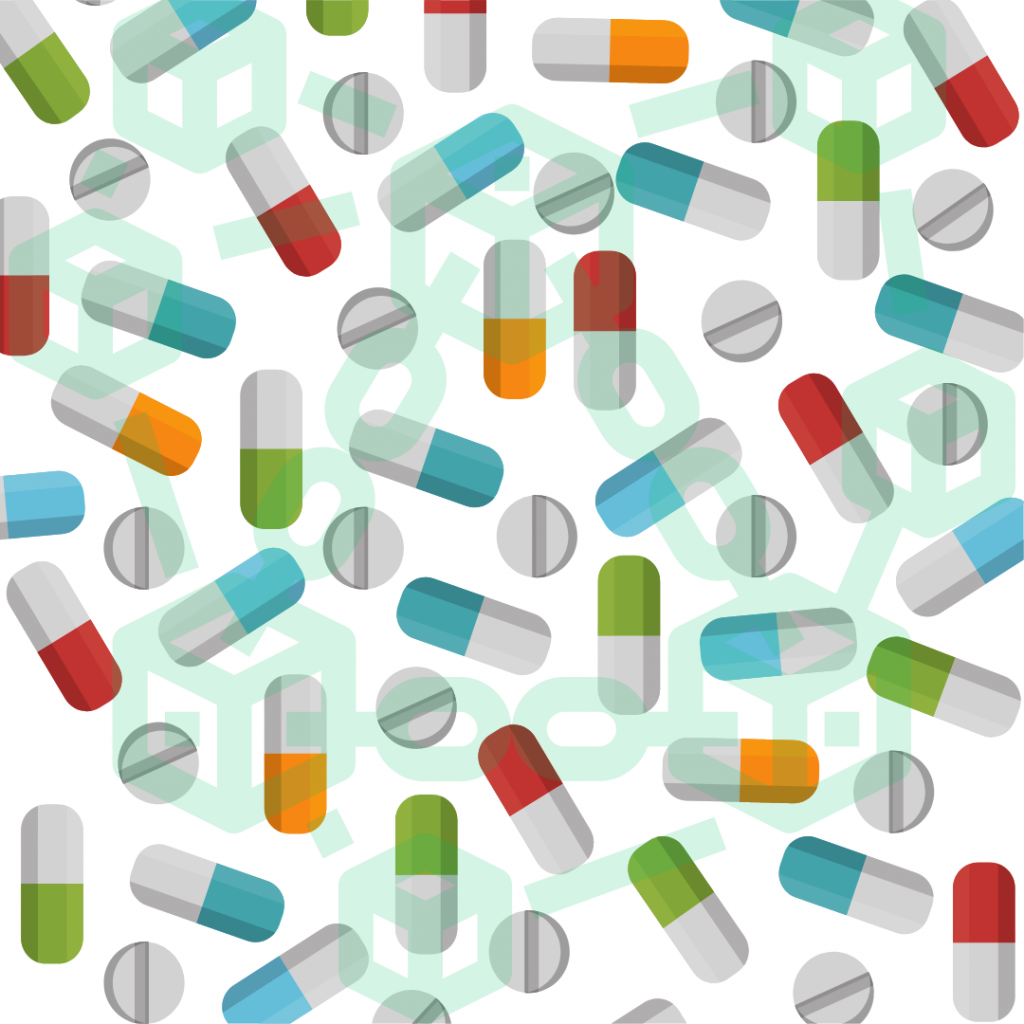Blockchain Use Cases in Healthcare: Improving Data Security and Interoperability

Blockchain technology has gained traction in a variety of industries in recent years due to its potential to improve security and interoperability. Healthcare is one area where blockchain has the potential to make a significant impact. Blockchain technology has the potential to improve data security and interoperability in the healthcare industry.
Data Security in Healthcare
Because it stores sensitive personal information such as medical records and financial data, the healthcare industry is a prime target for cybercriminals. Paper-based medical records are vulnerable to loss or theft in the traditional method of storage. Although electronic medical records (EMRs) have addressed some of the issues associated with paper-based records, they are still vulnerable to cyberattacks. The use of blockchain technology can help address data security concerns in healthcare.
How Blockchain Can Improve Data Security in Healthcare?
-
Tamper-Proof Data Storage: Blockchain technology can store patient data in a tamper-proof, secure manner. Each record is encrypted and distributed across multiple computers, making it virtually impossible for hackers to alter the data.
-
Data Ownership: Patients own their data and can control who has access to it. Blockchain technology enables patients to control their data, who can access it, and how it is used. It ensures that patients’ data remains private and secure.
-
Authorization: Only authorized parties can access patient data. Blockchain technology allows healthcare providers to access only the data they need, reducing the risk of unauthorized access.
-
Smart Contracts: Smart contracts are self-executing contracts that automate the execution of a contract. In healthcare, smart contracts can be used to ensure that patients receive treatment based on predefined conditions, reducing the risk of errors.
Real-World Example of Blockchain in Healthcare Data Security
One example of blockchain technology being used in healthcare data security is Guardtime. Guardtime employs blockchain technology to build a secure, tamper-resistant system for storing and sharing patient data. The Estonian government employs the technology to secure electronic health records (EHRs). Guardtime’s technology creates a transparent, secure system for storing and sharing EHRs, ensuring the security and confidentiality of patient data.

Interoperability in Healthcare

Interoperability is the ability of different systems to communicate and exchange data seamlessly. In healthcare, interoperability is essential for providing quality patient care. However, interoperability is a significant challenge in healthcare due to the use of multiple systems and platforms. The use of blockchain technology can help address interoperability challenges in healthcare.
What is Blockchain Interoperability?
Blockchain interoperability refers to the ability of different blockchain networks to communicate and exchange data seamlessly. In healthcare, different systems, such as electronic health record (EHR) systems, medical imaging systems, and insurance claim systems, use different platforms, making it challenging to exchange data seamlessly. Blockchain interoperability can help address this challenge by enabling different systems to communicate and exchange data.
How Blockchain Can Improve Interoperability in Healthcare?
-
Decentralized System: Blockchain technology is decentralized, and each block in the blockchain is linked to the previous block, creating a chain of blocks. Each block is verified by multiple computers, ensuring that the data is accurate and tamper-proof. This creates a secure, decentralized system for storing and sharing patient data.
-
Smart Contracts: Smart contracts are self-executing contracts that automate the execution of a contract. In healthcare, smart contracts can be used to ensure that patient data is shared only with authorized parties. Smart contracts can also be used to ensure that the data is used only for the intended purpose, reducing the risk of misuse.
-
Improved Data Exchange: Blockchain technology enables secure and seamless data exchange between different systems. Different systems can access patient data securely, reducing the risk of errors and improving patient outcomes.
Real-World Example of Blockchain Interoperability in Healthcare
One example of blockchain technology being used in healthcare interoperability is the partnership between Change Healthcare and TIBCO Software. Change Healthcare is a healthcare technology company that provides solutions for healthcare interoperability. TIBCO Software is a provider of enterprise software solutions. The partnership aims to create a blockchain-based platform that enables secure and seamless data exchange between different healthcare systems. The platform uses blockchain technology to ensure that patient data is secure and tamper-proof, reducing the risk of errors and improving patient outcomes.
Real-World Examples of Blockchain in Healthcare
Blockchain technology has the potential to revolutionize the healthcare industry by improving data security, interoperability, and patient outcomes. Here are some real-world examples of blockchain technology being used in healthcare.
- Electronic Health Records (EHRs)
Electronic health records (EHRs) are digital records of patients’ medical history, medications, allergies, and other health-related information. The use of blockchain technology can help improve the security and privacy of EHRs. One example of blockchain technology being used in EHRs is the partnership between Guardtime and the Estonian government. Guardtime uses blockchain technology to create a tamper-proof system for storing and sharing EHRs. The technology ensures that patient data is secure and confidential, reducing the risk of cyberattacks and data breaches.
- Drug Traceability
Drug traceability is the ability to track the movement of drugs from the manufacturer to the end-user. Blockchain technology can improve drug traceability by creating a secure, transparent system for tracking drugs. One example of blockchain technology being used in drug traceability is the partnership between IBM and Walmart. IBM and Walmart use blockchain technology to track the movement of drugs from the manufacturer to the end-user. The technology ensures that drugs are genuine and not counterfeit, improving patient safety.
- Clinical Trials
Clinical trials are research studies that test the safety and effectiveness of new drugs or medical treatments. Blockchain technology can improve the efficiency and transparency of clinical trials by creating a secure, transparent system for tracking the progress of clinical trials. One example of blockchain technology being used in clinical trials is the partnership between Pfizer and Chronicled. Pfizer and Chronicled use blockchain technology to create a secure, transparent system for tracking the progress of clinical trials. The technology ensures that the data is accurate and tamper-proof, reducing the risk of errors.
- Health Insurance Claims
Health insurance claims processing is a complex process that involves multiple parties, including healthcare providers, insurance companies, and patients. Blockchain technology can improve the efficiency and transparency of health insurance claims processing by creating a secure, transparent system for processing claims. One example of blockchain technology being used in health insurance claims processing is the partnership between Humana and MultiPlan. Humana and MultiPlan use blockchain technology to create a secure, transparent system for processing health insurance claims. The technology ensures that the data is accurate and tamper-proof, reducing the risk of errors and fraud.

Conclusion

Blockchain technology has the potential to revolutionize the healthcare industry by improving data security and interoperability. By using a decentralized, distributed ledger, blockchain technology can create a tamper-proof, secure system for storing and sharing medical records. Real-world examples such as Medicalchain and MedRec demonstrate the potential of blockchain technology in healthcare. As the healthcare industry continues to evolve, blockchain technology is poised to play an increasingly important role in improving patient outcomes and reducing costs.







